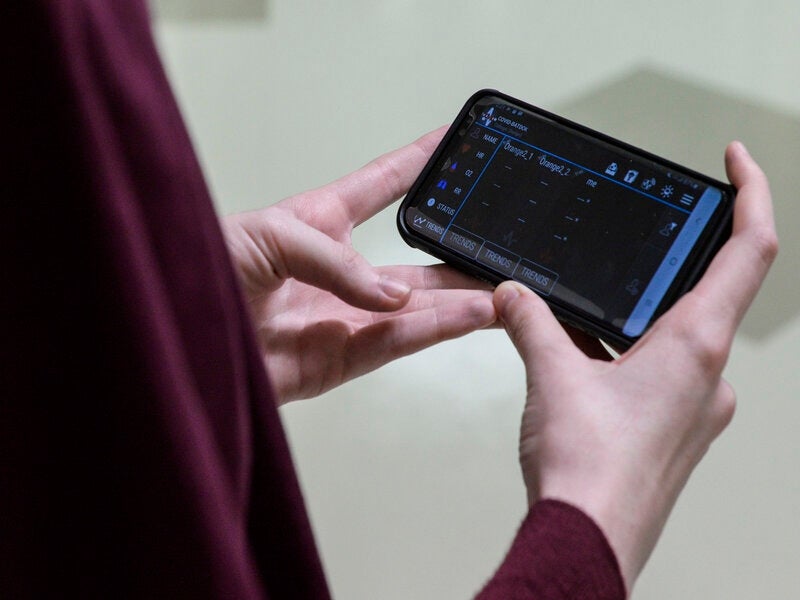
Visit our Covid-19 microsite for the latest coronavirus news, analysis and updates
Follow the latest updates of the outbreak on our timeline.
The US Air Force Research Laboratory (AFRL) is adapting tactics from the US Air Force (USAF) pararescue community for medical facilities during the coronavirus (Covid-19) pandemic.
Originally developed for the pararescue community, the new tool called the Battlefield Assisted Trauma Distributed Observation Kit (BATDOK) is designed to monitor multiple patients’ vital signs.
AFRL Airman-Machine Integration Product Line lead Dr Greg Burnett said: “One of the struggles doctors and nurses are having in highly affected hospitals right now is similar to what PJs deal with, a high ratio of patients assigned to a low ratio of medical personnel.
“Add in the contagion element, and our team saw the emergent need to adapt our medical monitoring tool for widespread use so that multiple patients could be cared for remotely.”
How well do you really know your competitors?
Access the most comprehensive Company Profiles on the market, powered by GlobalData. Save hours of research. Gain competitive edge.

Thank you!
Your download email will arrive shortly
Not ready to buy yet? Download a free sample
We are confident about the unique quality of our Company Profiles. However, we want you to make the most beneficial decision for your business, so we offer a free sample that you can download by submitting the below form
By GlobalDataDeveloped in AFRL’s 711th Human Performance Wing, the smartphone-based medical information software tool can take in sensor data for real-time health-status monitoring for multiple patients.
The first version of the app was under evaluation by military medics for four years and deployed for operations last year.
The application underwent improvisations with the feedback received from operators using the device.
An adapted version of the Android application allows remote monitoring of patient vitals, their oxygen saturation, pulse and secured networked data dissemination, creating situational awareness over multiple patients.
However, the latest version of BATDOK will receive feedback from its new users including healthcare providers at the Wright-Patterson Medical Center in AFRL.
Earlier this month, the first of three phases of testing commenced at the base medical centre. This includes comparing data of a single patient using traditional methods and BATDOK.
The technology also reduces the need for medical personnel to change their personal protective equipment (PPE) for individual patient checks.
The data is transmitted to remotely accessible tablets or workstations. This will allow nurses to monitor their patients wherever they are on the unit.







